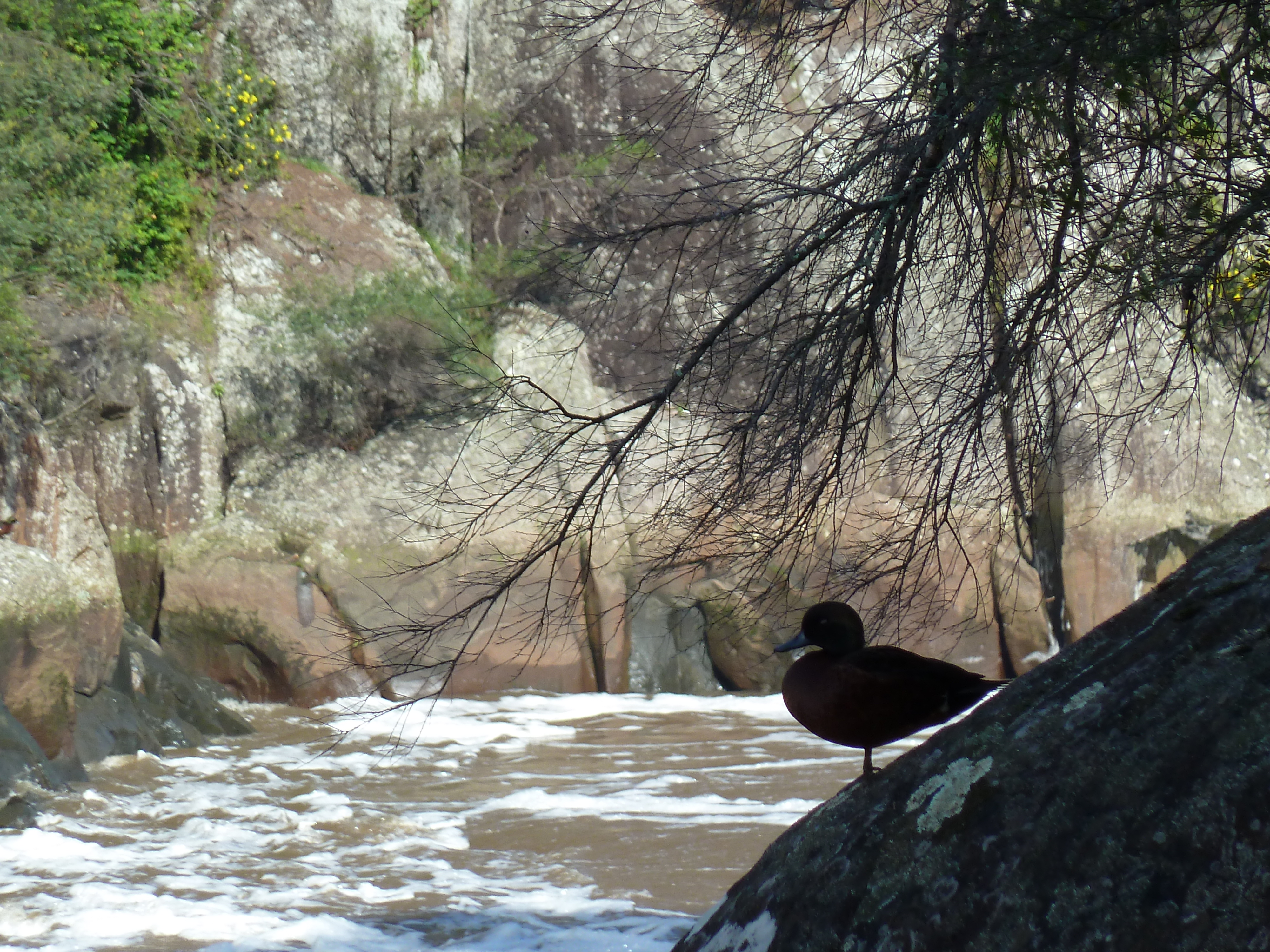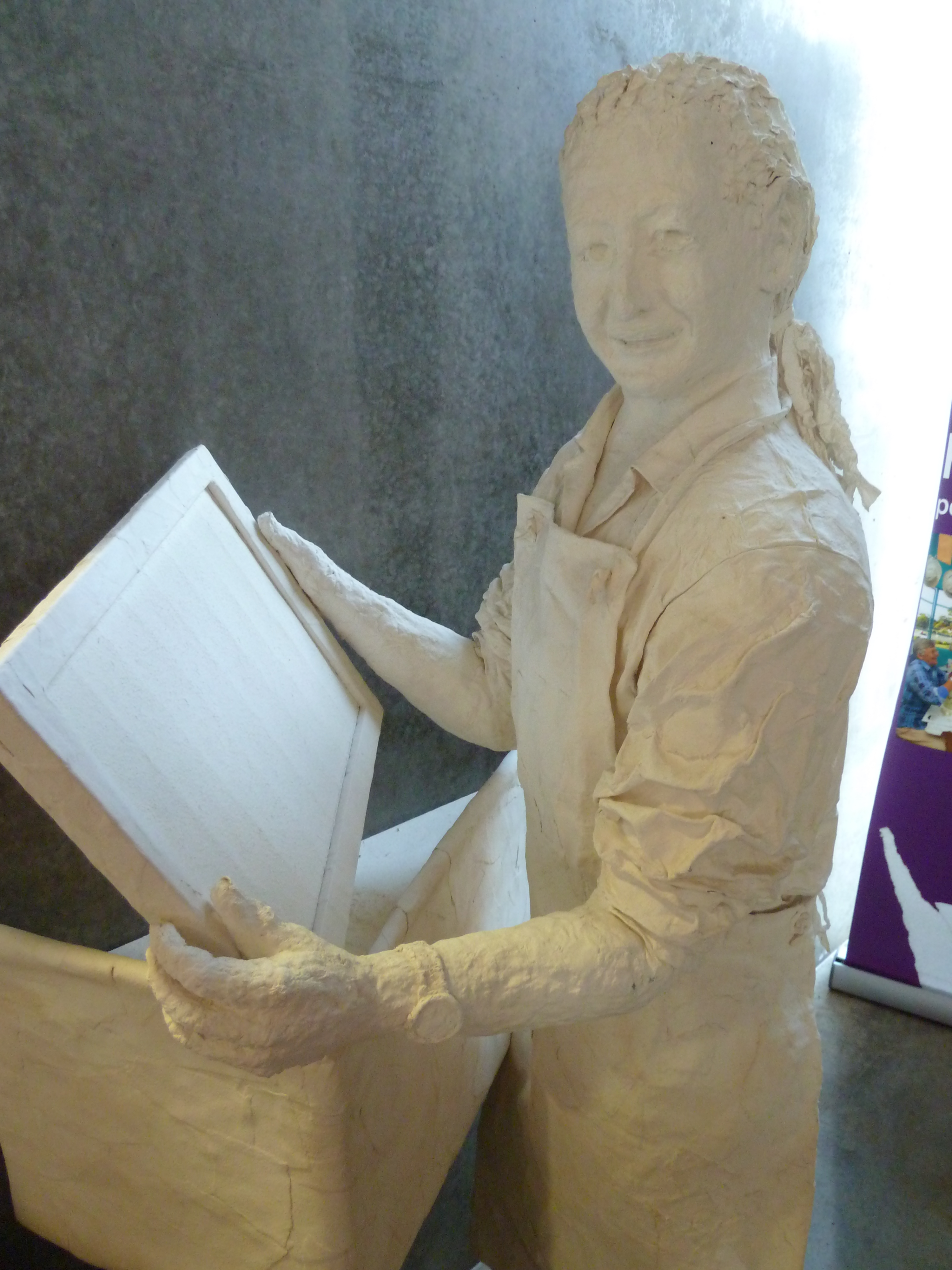What is CPE?

Some basic CPE facts:
[1] A process of learning
Clinical Pastoral Education (CPE) is a unique program of learning and formation for people involved in a ministry of spiritual and pastoral care. It is, in fact, not so much a program, but a process, of learning, which focuses upon the understanding, identity and practice of the individual student.
In that process, CPE:
- occurs in an experiential learning environment, drawing upon the real-life pastoral situations and experiences of each participant;
- utilises the action-reflection methodology of learning;
- is supervised learning, occurring within the context of the group, personal one-on-one sessions with a CPE supervisor, and private study;
- provides opportunity for dynamic inter-action between all members of each group, valuing in that process the importance of peer reflection;
- recognises the importance of integrating the personal, pastoral, theological and spiritual dimensions in each person’s ministry and care;
- is tailored to the learning needs of each student, emphasising the activities of goal-setting, self-directed learning and personal evaluation to meet those needs.
[2] CPE Units
The basic component of the CPE learning experience is a unit. A CPE unit consists of 400 hours of supervised learning, taking over any period from 10 weeks (full-time) to 44 weeks (part-time). Those 400 hours include at least:
- 70 – 90 hours of group learning
- 10 hours of individual supervision
- 200 hours in a clinical (pastoral) placement, in which the student engages in the actual practice of pastoral ministry to people
- 60 hours for personal reflection on experience and written course requirements
- (the remainder) hours for extra time, as required, and for personal study.
A successful completion of a unit provides the student with credit for one unit of CPE. Since CPE is a process of learning which may in fact last a lifetime, it is possible to undertake as many units as the individual may desire.
[3] The CPE Group
The minimum number of students in a CPE group is three.
The maximum number of students is six.
Each group has its own supervisor, and in some cases there may be more than one supervisor, or training supervisor.
[4] CPE Levels
Introductory Unit
Foundational Unit
Advanced Units
And after that, a student can apply to commence supervisory training.
There are three levels of supervisor:
- Level I Pastoral Supervisor
- Level II Clinical Pastoral Educator
- Level III Clinical Pastoral Consultant
[5] Standards
Each CPE organisation has its own Standards, and though these may vary slightly from State to State and country to country, they essentially all share the same features mentioned above.
These Standards define the scope, process, desired outcomes, review and accreditation criteria for all aspects and levels of CPE.
The SANTACPE Standards are found on the Resources page of this website .

[6] The ‘living human document’
The father of CPE is Anton Boisen, and a brief history of his life is provided on a separate page. (Click here to access that page)
A foundational element of Boisen’s approach to learning was (and, within CPE, still is) the notion of ‘the living human document’. The CPE text books are not so much the traditional texts of the academic classroom, but rather the texts of human beings themselves. Each student, each pastoral carer, each person to whom or with whom we offer care is a ‘living document’; and the pastoral carer’s essential task in CPE is to learn to read, understand, interact with and learn from each of those human texts.
That is an exciting way to learn. At times it can also be a challenging and somewhat daunting undertaking, requiring courage and sensitivity. In more recent times the notion of the ‘living human document’ has been expanded to that of the ‘living human web’, and this expansion of the original Boisen concept makes the CPE experience even more dynamic.
